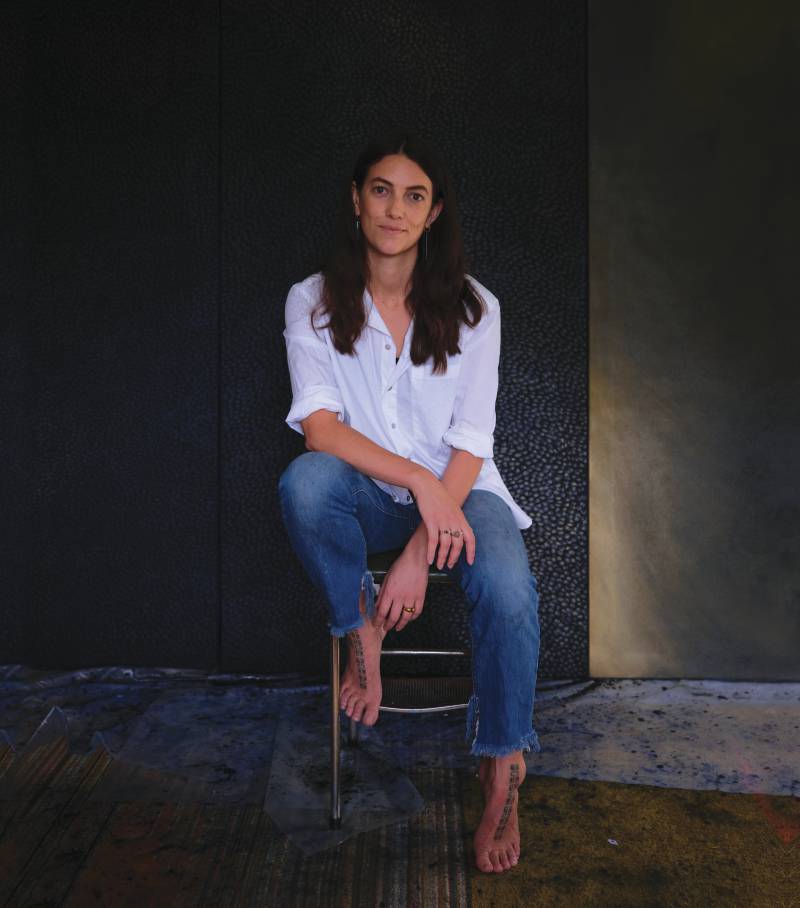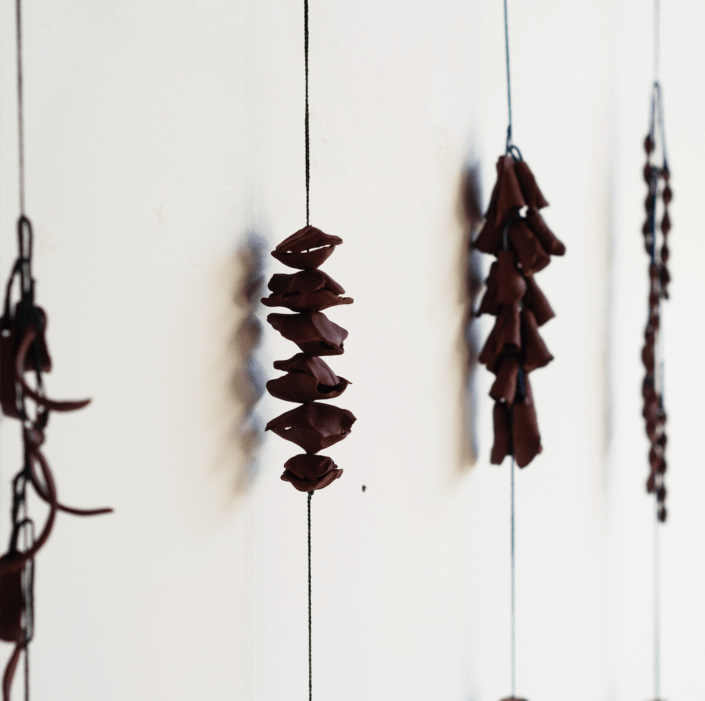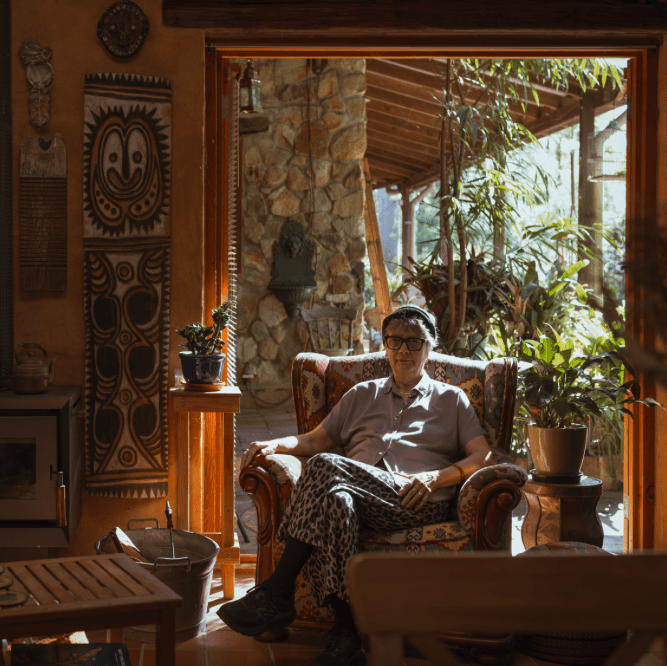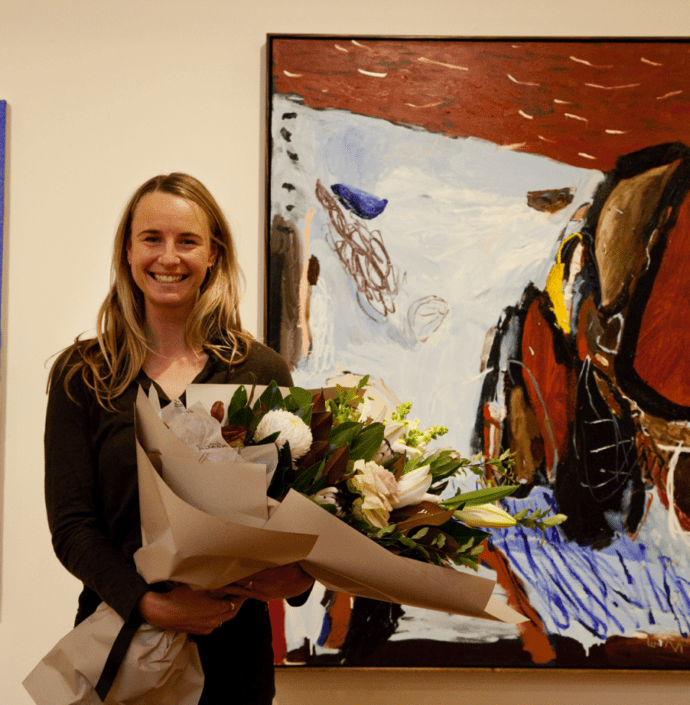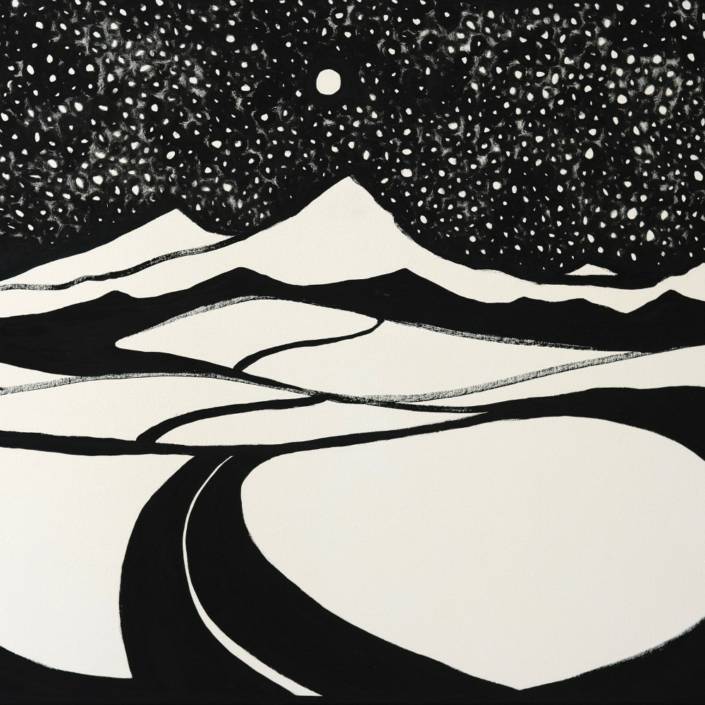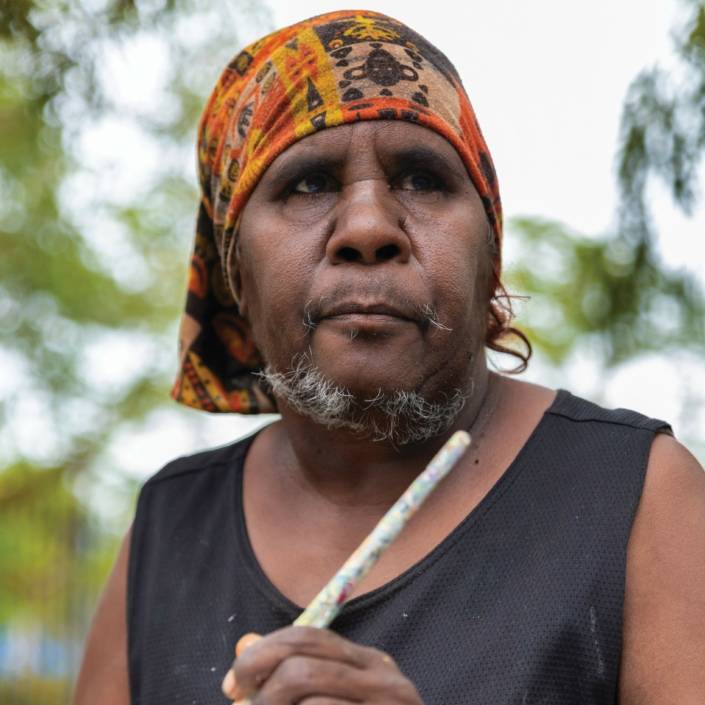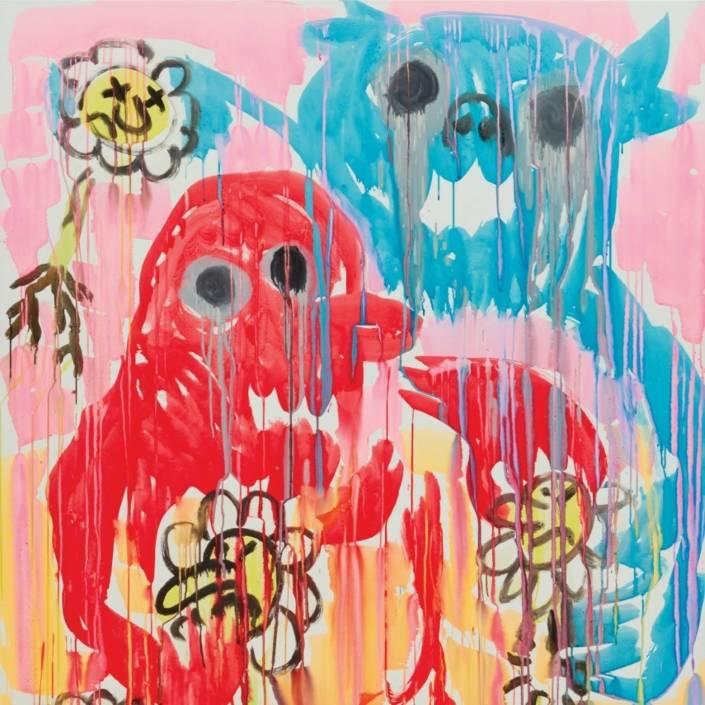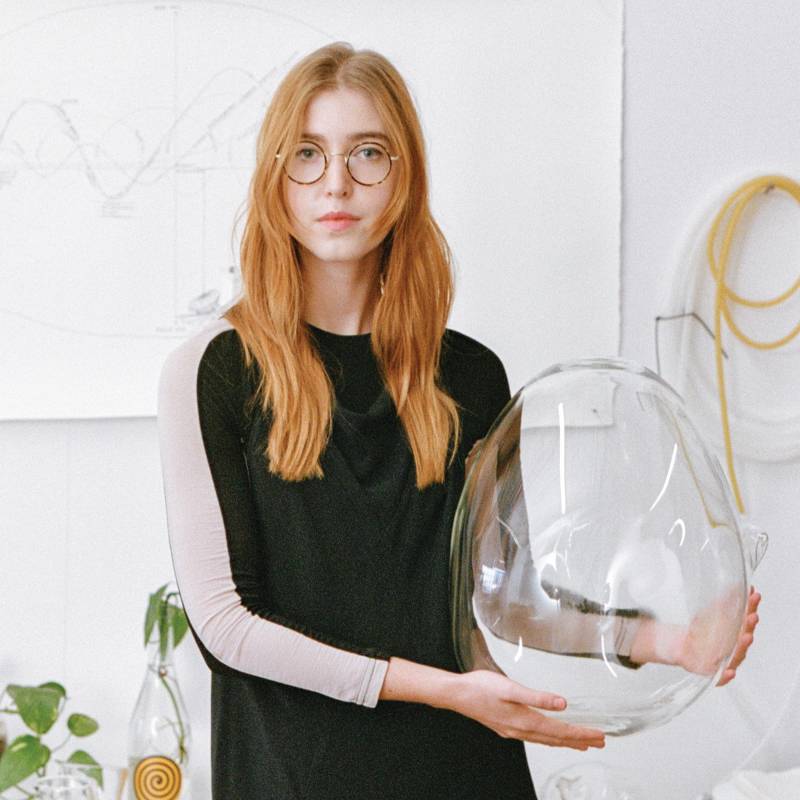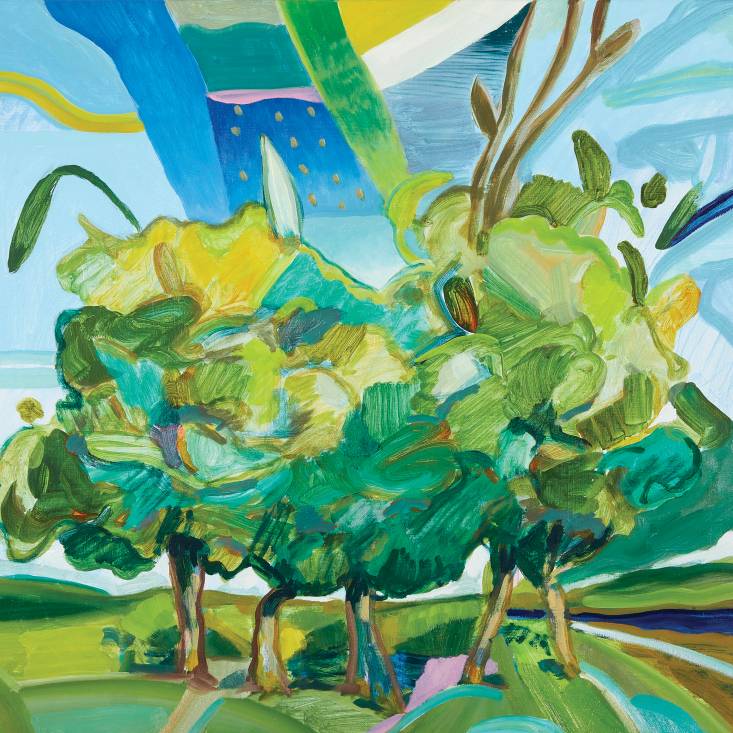Collectors Love: Raukura Turei
With sell-out shows in 2021, these artists were clearly collector favourites of the year.
Words: Kirsty Baker
In much of her work, the undulating curvature of the human body forms the abstracted topography upon which Raukura Turei (Ngāitai ki Tāmaki (Tainui), Ngā Rauru Kītahi) overlays a meditative process of mark-making. Self-taught as an artist, Turei – who is also a practicing architect – has forged a creative practice through which to expand an emotive space of connection. This process found its beginnings as a pathway through grief, the repetitive mark-making of oil pastel on paper offering solace and freedom through a difficult winter. “It’s a medium of making that I’ve completely forged for myself,” she explains. “It’s an almost primal need to use materials and make in a space that is safe and has no rules.”
In 2018 Turei began to experiment with clay as a medium, utilising it first in the temporary large-scale work Te poho o Hine-Ruhi, created in-situ at the Adam Art Gallery Te Pātaka Toi. “That work gave me confidence to keep exploring the use of clay,” says Turei. “From there I thought more about clays that were connected to my own whakapapa, that were connected to me on a personal level. That drew me to the aumoana clay which is collected from one specific spot from the awa [river] of Waimango on the Papakāinga of the Royal whānau.” The natural pigment of the grey-blue aumoana has become an evocative medium in Turei’s work, most powerfully evident in the successful 2019 exhibition Te poho o Hine-Ruhi, held at Sumer in Tauranga. In these works, Turei applies daubs of aumoana directly by hand upon linen canvas layered with pigment. The individual smears of clay form a rhythmic pulse as they traverse the image.
Placing atua wāhine (godesses) firmly at the centre of her practice, Turei’s success demonstrates a desire among collectors to seek out these narratives, countering the patriarchal biases that have been enacted through the process of European colonisation. “As in the words of Hiniri Melbourne, I see the height of creative manifestation in the natural world in Hine-Ruhi [a goddess],” says Turei. “Reaching to her, striving to capture even the tiniest bit of her essence in the works that I produce, is an incredible journey to attempt to honour those deities and what they mean to us… in the way that they celebrate the natural world.”
Featured image: Artist Raukura Turei. Portrait by Sam Hartnett.
This article was originally published in Art Collector issue 99, January-March 2022.

